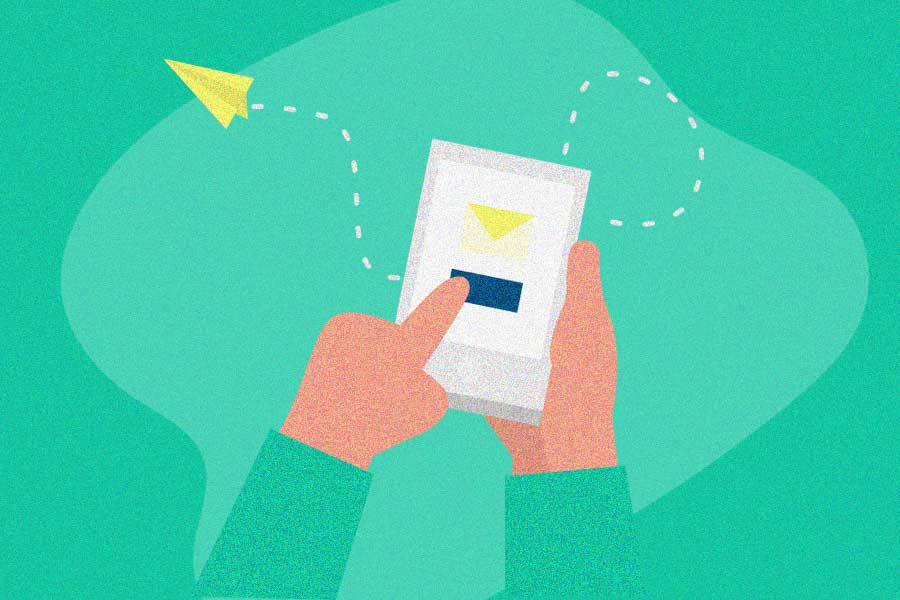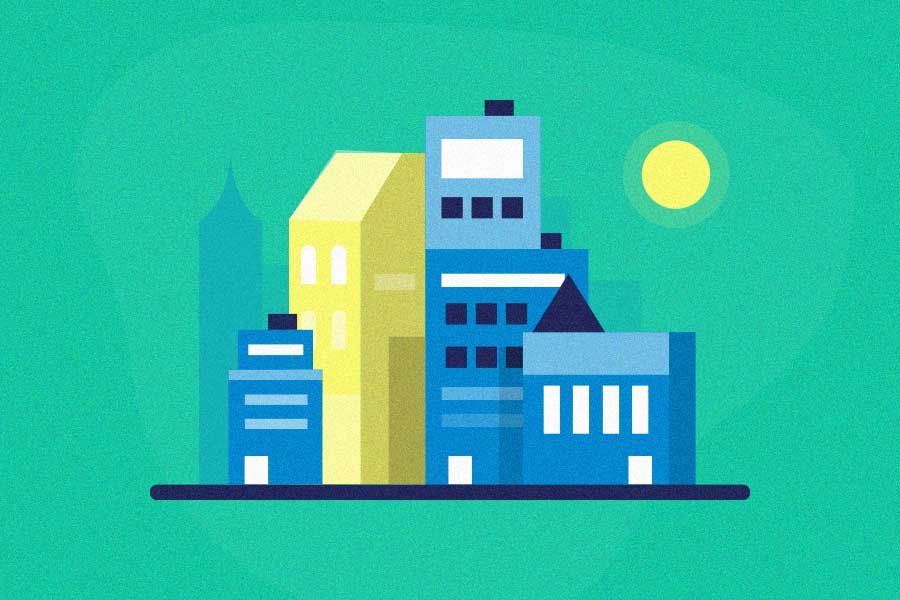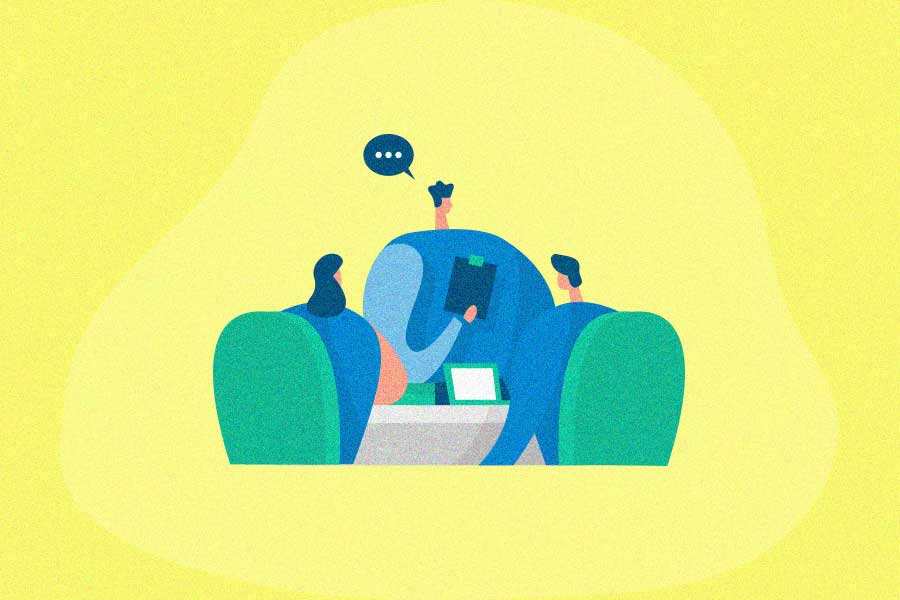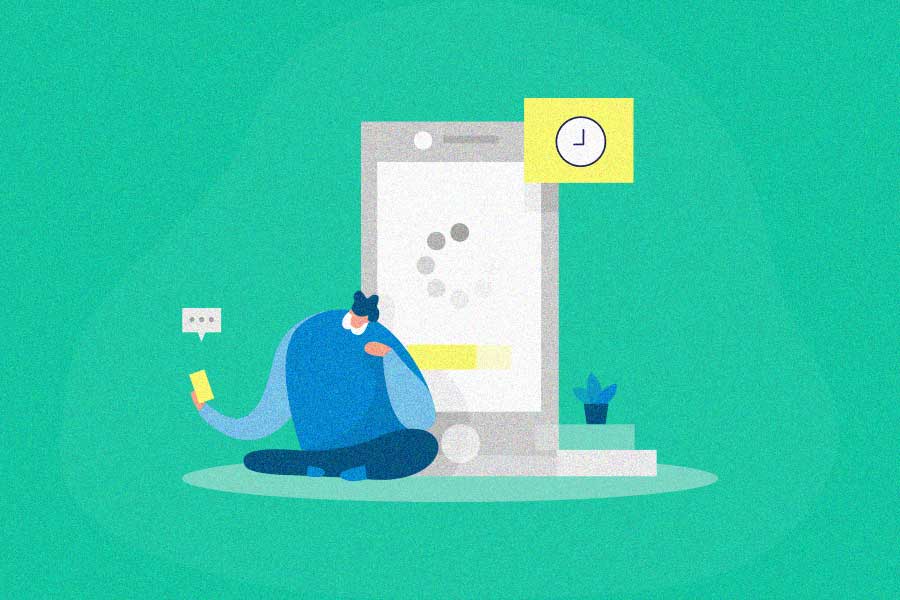Many referral programs put a lot of focus into the sharer experience, but forget about what the referred friend is going to see – or don’t think much about the friend’s side at all. That’s one of the biggest mistakes you can make.
Forgetting about the friend experience is one of the most common killers of a referral program. Even if your program gets lots of shares, you won’t see those new customers you were hoping for if newly referred leads aren’t compelled enough to click and convert,
Sometimes, people don’t realize how to create the best possible friend experience. But don’t worry – we’re sharing what works based on our expertise and the thousands of referral programs we’ve helped brands build.
The friend experience: An overview
You can divide any referral program into two parts – the member (sharer) journey and the referral (referred friend) journey. Today, we’re focusing on the referred friend’s role.
As you can see here in our Referral Funnel, the friend’s journey starts when they receive a shared message from the member (AKA their peer, the sharer).
Your objective? Convince the friend to click, then convert.
Learn more about the Referral Funnel here.
Here are the steps the friend goes through:
Shared Message
- After they read the message, the friend decides if they want to click on the referral link.
Reach
- Once the friend clicks on the link, they end up on one of your webpages (the friend landing page) where they can learn more about your brand.
- The friend reads the info you’ve provided on the landing page, and decides if they want to convert – buy, fill out a lead form, request a demo, etc.
Referral
- If they convert, the friend is counted as a Referral. Congratulations!
3 keys to an awesome friend experience
You’re familiar with the referred friend’s journey, and you know your objectives. Now, here are the three vital pieces to creating the best experience for referred friends:
- The reward: What’s in it for the friend?
- The share message: Introduce your brand and what it can do for them. Convince them to click the referral link.
- The friend landing page: Make them feel like a VIP after they click, and get that conversion!
Let’s dive into these crucial elements below, with everything you need to optimize them.
1. The reward
Remember your goal – get the friend to click, then convert. One of the best ways to get them interested? Sweeten the deal with an exclusive friend reward – an offer they’ll see prominently both in the referral message and on the landing page.
Too many businesses don’t reward the friend in their referral program and focus solely on rewards for the sharer. Big mistake! The friend won’t be very motivated to take action if there’s nothing in it for them (or if you don’t clearly tell them what’s on offer).
The friend reward is usually a deciding factor in whether someone clicks – and becomes a converted referral. (Not offering a reward for the friend yet? This is a good time to start!)
A clear friend reward makes your business offer look way more compelling. Since there’s a reason to take action, the friend is much more likely to click on the message their peers send, and is ultimately more likely to become your customer. They’re also super thankful that their friend cared enough to send them the VIP offer.
The reward should incentivize the friend to move forward and take the next step with your company.
What to offer as your friend reward? Anything that will make the friend feel like a VIP, and that will create a good reason for the friend to buy, sign up, schedule a demo, or otherwise convert.
In most cases, we recommend a friend reward related to your business, such as credits towards the purchase, discounts, free products or services, or upgrades. Of course, gift cards can also work well, especially if you’re already giving a gift card to the referrer and want the rewards to be similar.
2. The referral message
As we covered earlier, the referred friend’s journey starts when they receive a shared message (or referral message) from their peer. So, creating the best friend experience starts with optimizing the message the friend receives.
The referral message’s goal is to increase your reach, or how many people click on referral links to visit your brand. That message has to be compelling enough to earn the click.
Sharers will send the message to their friends via social media, email, SMS, or by copying and pasting a link. This message is the first introduction the friend has to your business, so it should be engaging enough to prompt the friend to take action.
If you’re seeing lots of sharing but not enough clicks, that means potential referrals are seeing the shared message but aren’t motivated enough to engage with it.
Your message must provide referred friends with a compelling reason to click and discover more about you.
- What unique value do you offer that addresses their needs, or that can improve their lives?
- What sets you apart from the competition?
The best referral messages give referrals a taste of your brand, what you offer, and the rewards/discounts they’ll receive if they purchase.
As you write (or rewrite) your share message, consider these aspects:
- Will the message resonate with the referred friend?
- Does it clearly state the benefits for the friend – the referral reward? (Make the reward prominent – it’s best to lead with it in the message’s headline, or display it in bigger or bolder text.)
- Does it emphasize the advantages of your business (why the referred friend should be interested)?
- Do you mention the referrer’s name?
- Have you avoided marketing jargon? (Would the sharer actually say this to a friend?)
- Is it to-the-point, without too much “fluff?” (Don’t overload the message; stick to the most valuable essentials.)
- Are you clear about the call-to-action (CTA) – what you want the friend to do next?
- BONUS: Is it written from the sharer’s point of view?
Also, think about your customer journey as you refine your message. This journey is no different with referred friends, even if the trust they place in their peer makes them more inclined to buy.
Are the products or services you offer impulse buys (like clothing, jewelry, snacks, and many other ecommerce products)? Or do they generally involve lots of research and consideration before buying (like software, solar panels, or home services)?
- If your industry is high-consideration, encourage friends to learn more, schedule a consult, or sign up for a trial – don’t ask them to buy right away, or else that may discourage a click.
- Of course, if you’re selling impulse-buy products, encouraging them to “buy now” or “shop now” is fine.
3. The friend landing page
What happens when the friend clicks on the referral link? The page you send them to (the landing page) plays a crucial role in converting referred leads into customers.
It’s important for this page to make a great first impression of your brand and provide clear guidance on how to move forward with your brand.
Keep in mind that friends are just starting to learn about your business. The landing page needs to connect to, and expand on, the info they got in the referral message.
Don’t direct friends to a generic page – such as the homepage, a Contact Us form, a Demo form, or the checkout page – without any reasons they should be interested or connections to the sharer.
Directing referrals to generic pages can create a disjointed and confusing experience.
- If the messaging on the landing page doesn’t align with the shared message, or is unclear, this can leave friends feeling unvalued and can lead to a decrease in conversion rates.
- It can also be perplexing for a referral to click a link and land directly on a homepage, as they may not know what actions to take next.
If friends click on a referral link and find themselves on a confusing page, or are simply dropped onto the homepage, they may feel discouraged. This uncertainty can lead them to doubt their decision, ultimately resulting in missed conversion opportunities.
Instead, you want to create a seamless, tailored experience for referred friends. A personalized landing page is all it takes.
After they click the referral link, present them with a tailored page that:
- Links them to the sharer (“Your friend Mica sent you $25!”)
- Highlights the advantages of your brand (why it matters to them)
- Presents the referral offer, and shows that it will automatically be applied if they move forward (encouraging them to take action)
- Features a straightforward call to action (making it easy to proceed)
Keep in mind that this audience is different from your usual ones. By using a customized referral page, you can take advantage of the trust that people have in their friends, giving you an edge over standard landing pages.
If you’d prefer a pop-up on an existing page, you can go that route as well. With the pop-up, inform friends that they have received an exclusive discount from someone they know, which has already been applied to their cart.
Regardless of the route you choose, ensure smooth transitions and make the instructions clear. Make sure they know that the reward has been applied, and confirm that they are connected to the correct referrer.
Referral Rock’s product team has designed referral page templates with these best practices built-in, so for the most seamless friend experience:
Here’s more details on the new referral page templates:
- Immediately show referrals what’s in it for them (why they should care)
- Personalize the experience based on the person sharing (dynamic fields change based on who is sharing the page, showing friends that their peer sent an exclusive offer)
- Quickly customize text and logos while maintaining professional quality
- Create experiences that work equally well on mobile and all devices
Create the best friend experience possible
Now you know why the friend experience is just as important to your referral program as the sharer experience.
For the most referral program conversions, you want a seamless experience for friends, with the reward, the referral message and the landing page all playing roles. Aim for the following steps:
1. The friend hears about your business from their peer, the sharer, through the referral message.
2. They see a super-motivating reward
3. They click on the referral link to discover more about your brand – and how to get the reward.
4. They navigate through a customized referral page that:
- Clearly outlines the advantages of your brand (highlighting why it matters to them
- Mentions the friend who referred them (establishing a connection and minimizing confusion
- Summarizes the referral reward (encouraging them to take action)
- Features a straightforward call to action (making it easy to proceed)





